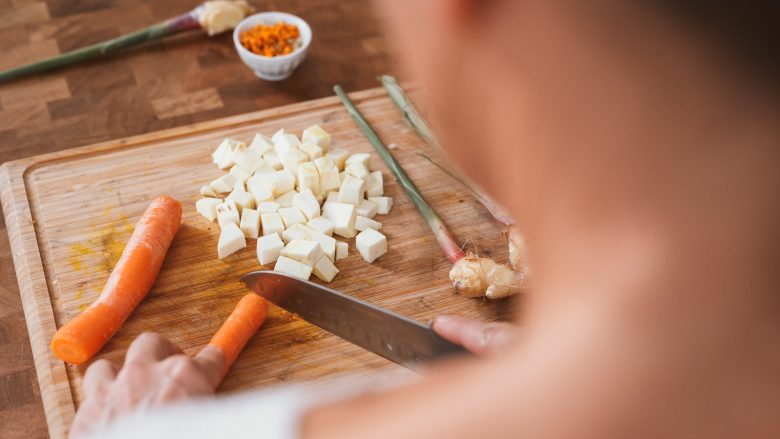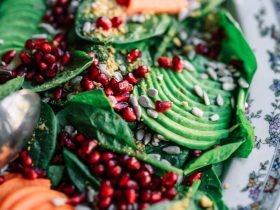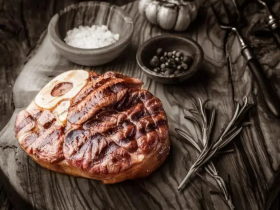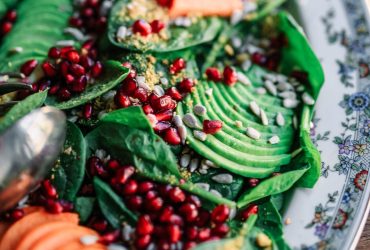
Foraging has been a staple in the diets of humans for thousands and thousands of years. Today, we are reconnecting with this age-old practice and foraging our own fresh ingredients in a new way. Gourmet cooking is incorporating wild and unique ingredients from foraged items into our dishes, giving us a new way to explore flavors.
Tips for Foraging
Before foraging, it is important to make sure you know what you are looking for and what you need to do to handle it. Start by researching the plants you’d like to forage. Know when and where to pick the plants and make sure you correctly identify them properly. Be aware of any environmental regulations and obtain any licenses you may need to legally forage for ingredients.
Wear protective clothing and gloves when needed and inspect the foraged items for pests. Also, only take what you need and don’t strip an area of anything. This will help preserve the area and ensure the ecosystem remains undamaged. Finally, foraged items may need to be washed or rinsed thoroughly before incorporating them into your cooking.
Wild Ingredients
There are many wild and unique ingredients you can find out in the wild to spice up your gourmet meals. Take advantage of local foods that are in season and available in your area. Here are some great wild ingredients to use in your cooking:
- Berries, such as blueberries, raspberries and blackberries
- Wild mushrooms, such as chanterelles, morels and oyster mushrooms
- Nuts, such as walnuts, almonds, hazelnuts and acorns
- Wild greens, such as nettles, dandelion greens, sorrel and chicory
- Herbs, such as wild thyme, rosemary, oregano, sage and lavender
These ingredients offer a unique flavor to any dish and can be used for a variety of different recipes.
Gourmet Recipes
Gourmet cooking embraces the use of wild and unique ingredients to create complex flavors and delicious meals. Every season offers new foraging opportunities. Take your culinary abilities to a new level and combine foraged ingredients with quality meats, fresh vegetables and a variety of herbs and spices. Here are some great examples of gourmet recipes made with wild ingredients:
- Wild Mushroom and Thyme Risotto
- Gravlax with Dill and Wild Mustard
- Rosemary and Lemon Roast Chicken
- Caramelized Honey Dandelion Greens
- Wild Mushroom and Sage Fritatta
Get creative with your cooking and create inventive dishes with wild and unique ingredients. With gourmet cooking, you can transform ordinary meals into delicious feasts!















